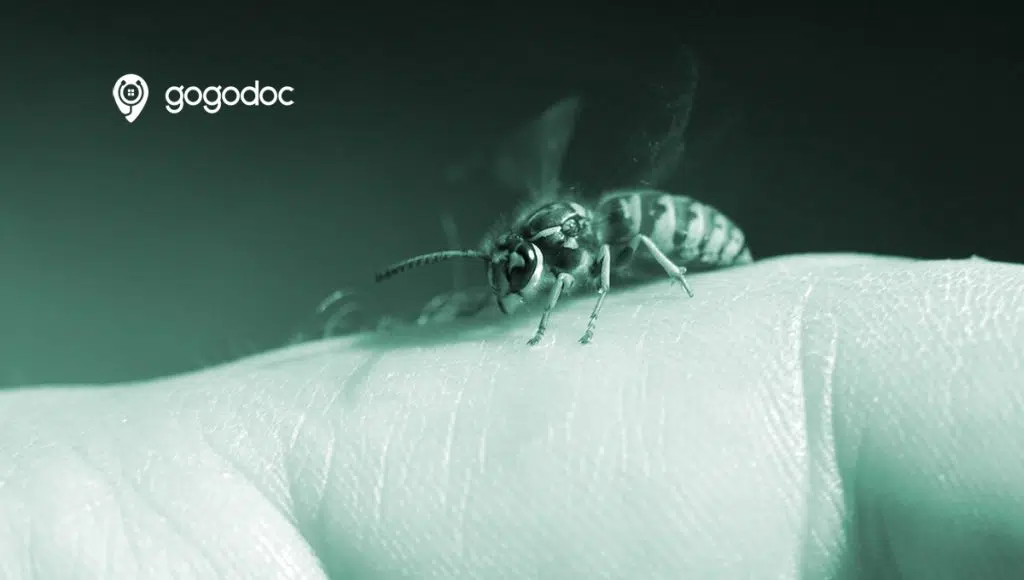Bee Stings:

People with a bee sting allergy often worry about spending time outdoors in the summer months. People who have never been stung may fear that they could be allergic. For most people, a bee sting only produces temporary pain and irritation at the site of the sting. For others, bee stings cause an allergic reaction that can range from mild to severe. In extreme cases, a bee sting can cause life-threatening anaphylaxis.
Causes of Bee stings:
- When a bee stings, its sharp, barbed stinger remains lodged in the skin. This stinger can release venom for up to a minute after the bee has stung.
- Bee venom contains proteins that affect the skin cells and immune system, resulting in pain and swelling at the site of the sting, even if a person is not allergic to the venom.
- In those who are allergic to bee stings, the venom triggers a more severe immune system reaction.
Symptoms of Bee stings:
The symptoms of a bee sting allergy vary depending on how allergic the person is. A person can have a mild, moderate, or severe reaction shortly after being stung by a bee:
- Mild reaction
The majority of bee sting symptoms are very mild and do not require medical attention. They are limited to the site of the sting itself, and include:
- a sharp, burning pain
- an area of raised, red skin
- slight swelling
- Moderate allergic reaction
In a person with a moderate bee sting allergy, the body has a stronger response to bee venom, called a large local reaction (LLR). In such cases, the symptoms can take over a week to heal completely.
Symptoms include:
- severe redness around the sting
- swelling around the sting, which may gradually increase in size to a diameter of 10 cm or more over a period of 24–48 hours
If a person experiences a LLR, there is a 5 to 10 percent risk that they will develop a systemic reaction to a sting in the future.
- Severe allergic reaction
In certain individuals, a bee sting can cause anaphylaxis, which is a life-threatening allergic reaction requiring emergency medical treatment. The following symptoms of anaphylaxis develop rapidly:
- itchy, red hives on the skin
- pale or flushed skin
- a swollen throat or tongue
- difficulty breathing
- abdominal pain
- nausea and vomiting
- dizziness
- a weak, rapid pulse
- loss of consciousness.
Treatments for Bee stings:
Top of Form
The treatment for bee sting allergy will depend upon the severity of the allergic reaction.
Treating a mild to moderate reaction
After a bee sting, remove the stinger as soon as possible using a pair of tweezers, taking care to avoid squeezing the venom sack. Removing the stinger will limit the amount of venom released into the bloodstream.
‘Ask Gogodoc About’ is an educational series providing information on various symptoms, pains, and disorders. (*intended for educational purposes only. If you are experiencing symptoms, please reach out to book an online video consultation with a Gogodoc GP, as we provide the best online doctor consultation with the expertized GP online services.
Book a video consultation today!
and get expert advice.



